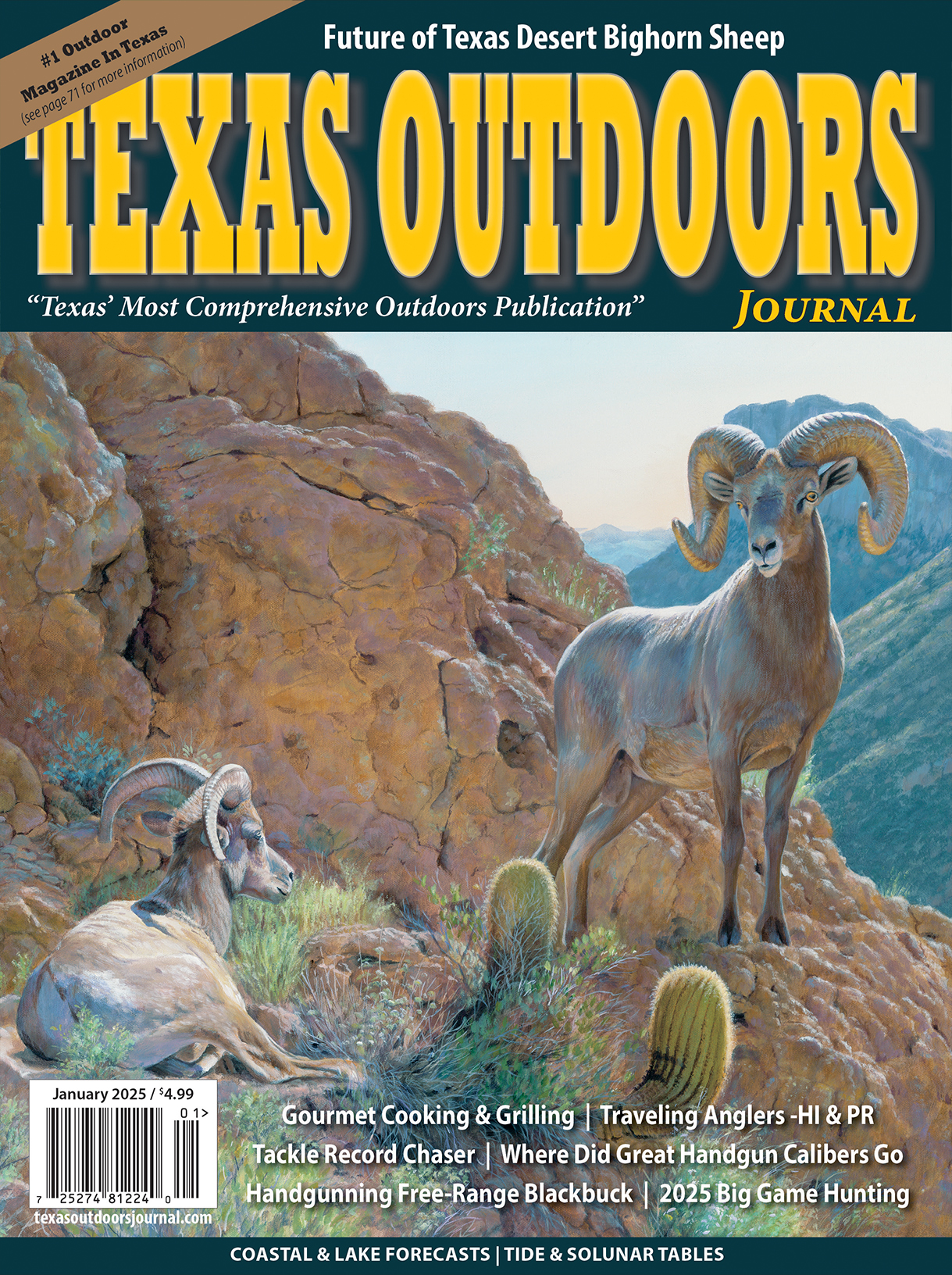
Chronic Wasting Disease Detected in Additional Breeding Facilities in Frio and Zavala Counties
AUSTIN — Texas Parks and Wildlife Department (TPWD) received notification of two new cases of Chronic Wasting Disease (CWD) in deer-breeding facilities in Frio and Zavala Counties.
In Frio County, a 2-year-old white-tailed doe died in a deer-breeding facility and was post-mortem tested following CWD surveillance testing requirements. This is the second deer-breeding facility in Frio County to have a positive CWD detection.
In Zavala County, a 3-year-old white-tailed buck died in a deer-breeding facility and was post-mortem tested following CWD surveillance testing requirements. This is the second deer-breeding facility in Zavala County to have a positive CWD detection.
Texas A&M Veterinary Medical Diagnostic Laboratory in College Station initially analyzed postmortem samples; the National Veterinary Services Laboratory in Ames, Iowa, provided a CWD-positive confirmation for both samples.
During the upcoming August meeting of the Texas Parks and Wildlife Commission, TPWD staff will propose the development of CWD surveillance zones within the general vicinity of both CWD-positive facilities. If the proposal passes, the zones will include mandatory sampling of hunter harvested deer, as well as carcass movement and disposal requirements to take effect during the upcoming deer season.
CWD has an incubation period that can span years, meaning the first indication in a herd may likely come through surveillance testing rather than observed clinical signs. Early detection and proactive monitoring improve the state’s response time to a disease outbreak and can greatly reduce the risk of further disease spread.
CWD is a fatal neurological disease found in certain cervids including deer, elk, moose and other members of the deer family. This slow, progressive disease may not produce visible signs in susceptible species for several years after infection. As the disease progresses, animals with CWD may show changes in behavior and appearance. Clinical signs may include progressive weight loss, stumbling or tremors with a lack of coordination, loss of appetite, teeth grinding, abnormal head posture and/or drooping ears, and excessive thirst, salivation or urination.
In Texas, the disease was first discovered in 2012 in free-ranging mule deer along a remote area of the Hueco Mountains near the Texas-New Mexico border. CWD has since been detected in Texas captive and free-ranging cervids, including white-tailed deer, mule deer, red deer and elk. For more information on previous detections in Texas and CWD best management practices for hunters and landowners, visit TPWD’s CWD page.







